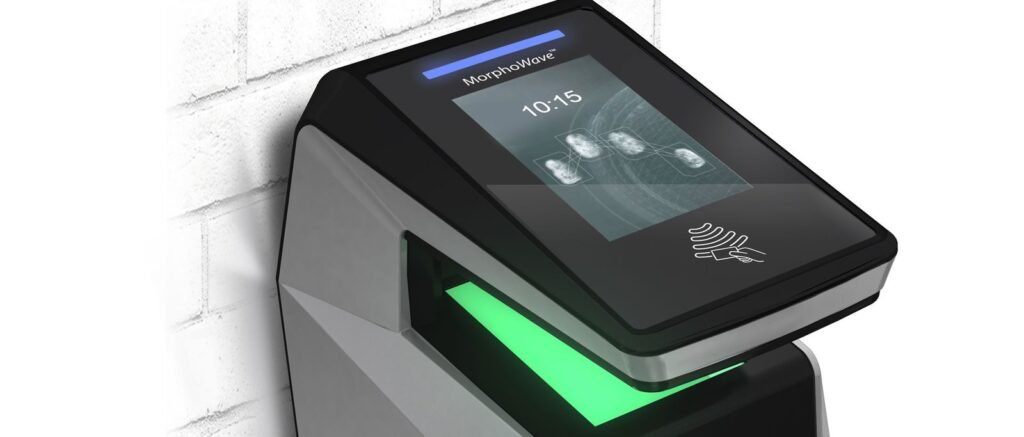Maintaining the Security of your Organisation during the COVID-19 Outbreak
The current global outbreak of the COVID-19 virus has left the world reeling, with severe ramifications on both an economical and personal level. Unfortunately, in a world of diverse organisations from public to private sectors, the ripple effect is and will continue to be felt for some time to come. Before this outbreak many organisations were in the process of adapting their security to that of touchless devices but were faced with data collection privacy impacts. Now, as it happens, touchless is the best and only option to combat the issues of hygiene and avoid contamination. In fact, the decision to stop using shared biometric readers, has been in line with the advice supplied by the health organisations and witnessed in other countries, where many government establishments have opted to abandon fingerprint authentication in an effort to stop the spread of the virus. The limiting or removal of the biometric system which requires contact, due to this pandemic, has increased the exposure of organisations and introduced further potential security breaches for individuals falsifying identification to pass through restricted areas. The use of touchless biometric devices is the way of the future but now it is a necessity to not only keep organisations and personnel secure, but to also maintain the highest level of hygiene and eliminate any concerns from individuals using the device. Traditional biometrics require an individual to make physical contact with the device, increasing the risks of contamination and aiding in the distribution of potentially harmful germs. As we have been witnessing in the past few months, simple gestures like a hand shake or holding the same door handle as someone else can lead to catastrophic consequences when allowed to occur. Contactless biometrics are not only less intrusive than the traditional devices but, they also sustain the ability to gather biometric samples without jeopardising the individual or the security standard required. Introducing a touchless device enables the peace of mind some may have regarding the cleanliness of the device and ensures the sterile space for such contact to be made without any actual physical interaction. The use of the contactless fingerprint device, Iris devices and facial recognition at a distance provides a more pleasant experience for the end user. The current situation the entire world finds itself in with Covid-19, has also brought to light the very need for a large-scale technology transition into more hygienic and sterile security systems and encouraged more organisations to adopt contactless biometrics not only for the safety and security of themselves but also for the health and wellbeing of all involved. Furthermore, removing the physical contact with devices also reduces the amount of maintenance required. Perhaps the biggest impact is seen with contactless fingerprint. Glass platens as found on traditional devices, can take a beating over time. As a result, they require ongoing cleaning and replacement of protective silicon pads or possibly even the entire device. Contactless technology allows longer run times with less cleaning and fewer consumables necessary to support ongoing system availability. Arana security offer a number of contactless access control, payment, time attendance and enrolment and verification systems.
Maintaining the Security of your Organisation during the COVID-19 Outbreak Read More »


